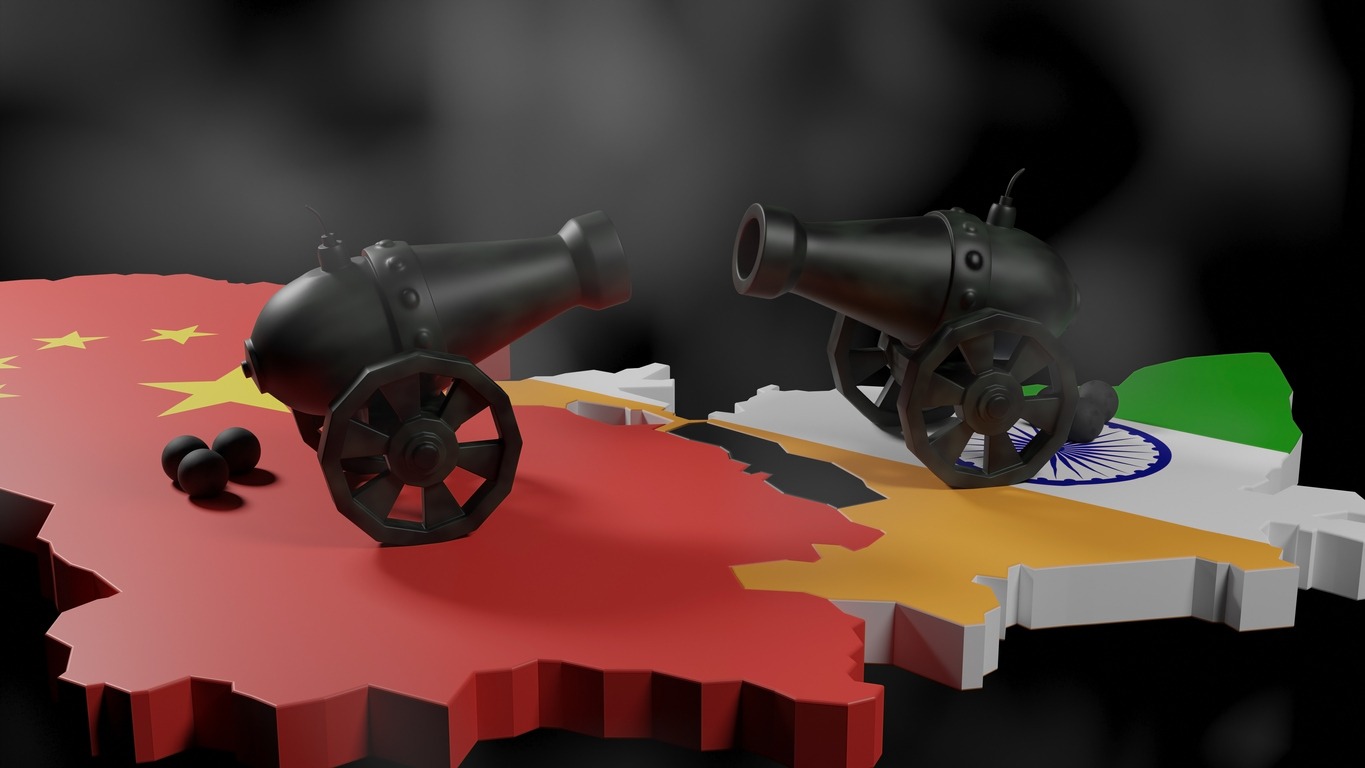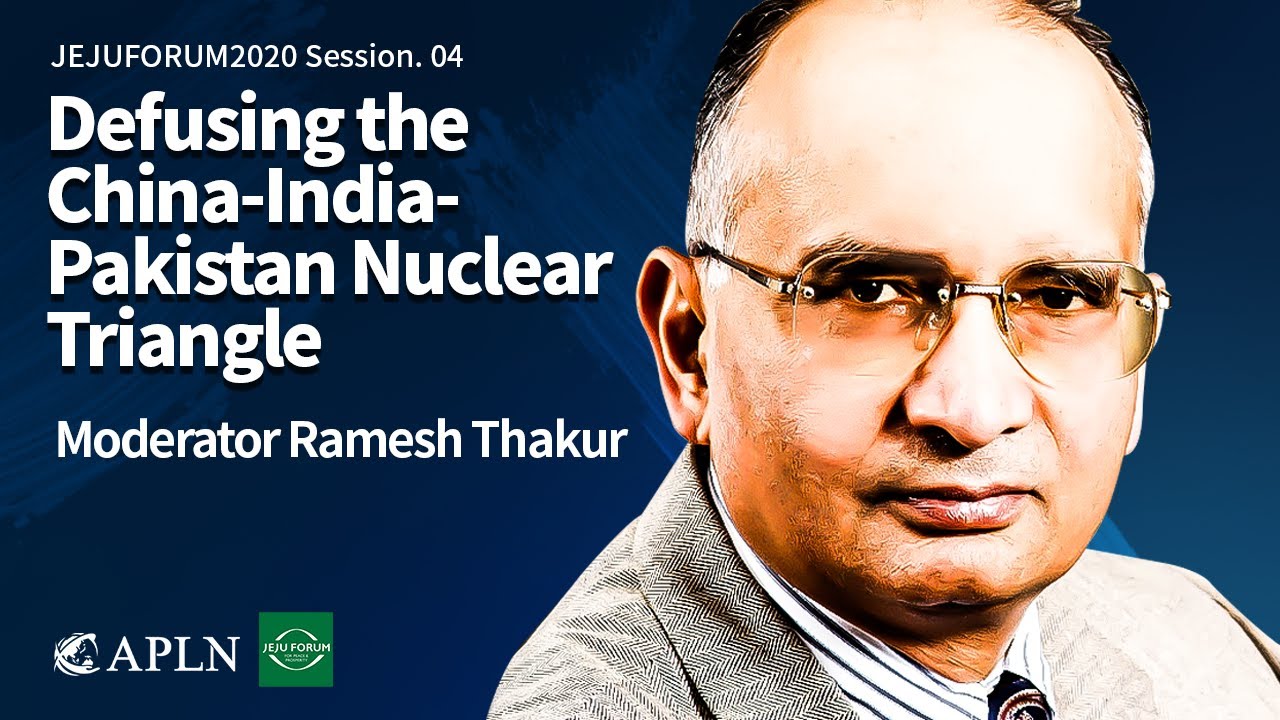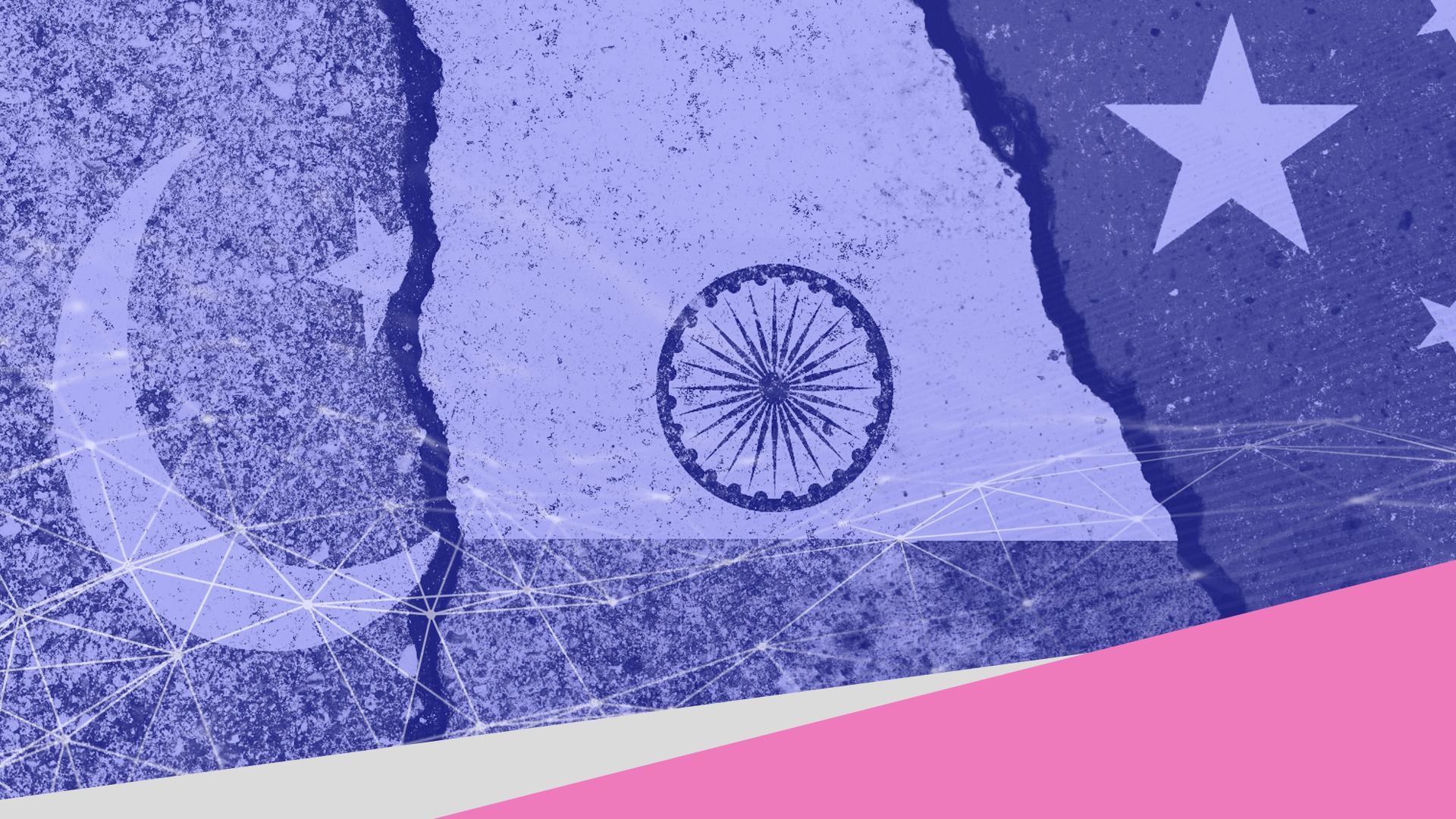Tension on the India-China Border: Why Asia Should Care
The atomic age began in 1945 and today there are nine countries which possess nuclear weapons. Eight of these openly acknowledge their nuclear status ― the United States, Russia, France, Britain, China, India, Pakistan and North Korea. Israel, the ninth, prefers not to do so.
The fact that nuclear adversaries can destroy each other is supposed to act as a deterrent to not just nuclear war between them but also conventional conflict. The argument for nuclear weapons serving as a deterrent to conventional war rests on the belief that conflicts proceed up an “escalatory” ladder. The higher one climbs, the greater the losses and the stakes. At some point, then, asymmetries on the conventional battleground may tempt a nuclear weapon state to resort to the unthinkable. Since both sides know this, nuclear weapons serve as a brake to non-nuclear war as well.
How might deterrence theorists have reacted, then, to the news earlier this year that Indian and Chinese soldiers fought and killed each other for the first time since India went nuclear in 1998? The fact that the soldiers used their bare hands and bludgeons is evidence that each side was aware of the danger of escalation, they might say. However, three developments since the Galwan clash of June 16, 2020 ― in which 20 Indian and an unknown number of Chinese soldiers were killed ― should give us pause for concern.
First, there has been a change in the official rules of engagement so the next time they fight, Indian and Chinese troops will use guns. Second, there has been a widening of the arc of confrontation as China pushes to occupy even more Indian territory than it already has in the region of Ladakh. Third, both China and India have mobilized larger forces, making it more likely that any clash between soldiers will lead to wider fighting.
For sure, we are still far, far away from the possibility of nuclear war. But the first wall of deterrence ― the raised stakes for conventional conflict ― may already have been breached.
Even then, deterrence optimists will say, this should not matter much as India and Pakistan actually fought an intense war (in Kargil in 1999) only to peel back before it widened even spatially let alone in the direction of nuclear use. Though nuclearization may have allowed greater conventional risk taking because each side assumes the other will not want to climb one step higher on the escalatory ladder, this also ensures a capping of the conflict, without any danger of going nuclear.
What this reasoning ignores is that the Kargil War ended because two of Pakistan’s closest security allies ― the United States and China ― prevailed on Islamabad to pull back. And the domestic terrain in both Pakistan and India at the time was such that de-escalation was feasible. But these conditions may not always prevail.
Apart from the fact that both India and China are ruled today by hardline nationalist leaders, the situation is made more volatile by the role played by social media in galvanizing nationalist public opinion domestically. And the U.S. today, unlike in Kargil, is unlikely to help the two potential adversaries climb down. The greater the danger of conflict with China, the more India will be inclined to draw closer to the U.S. and its allies. The reactivation of the Quad is the first sign of this. And though the present border standoff with India is largely China’s own doing, Washington relishes the idea of Beijing getting bogged down on more fronts than just the South China Sea and Taiwan.
China proliferated nuclear technology to Pakistan but has never accepted the fact that India is a nuclear weapons state. Even though India and China are the only two nuclear weapon states to have a no-first use policy, the two countries do not actively work together in the U.N. First Committee or elsewhere because China, for reasons of realpolitik and prestige, prefers to remain wedded to the Nuclear Non-Proliferation Treaty’s anachronistic definition of a nuclear weapon state.
What this means is that nuclear confidence-building measures are unlikely to be a bilateral subject of discussion. Yet, the border stand-off requires the two sides do all they can to prevent conflict. Talks at the military and diplomatic level have failed to produce durable de-escalation. But political dialogue will only bear fruit if the wider Asian community, including Korea and ASEAN but also Russia send the right signals to both capitals, and especially Beijing ― which has refused even to exchange maps that can help delineate the line of actual control which is meant to separate Indian and Chinese troops from each other.
Siddharth Varadarajan is Founding Editor of The Wire (thewire.in) in India and a member of the Asia-Pacific Leadership Network for Nuclear Non-proliferation and Disarmament (APLN). His article was published in cooperation with the APLN.
This article was first published in The Korea Times on 28 October 2020 and is part of dedicated, regular column with analysis by APLN members on global issues. You can access the original post here.
Image: iStock, Sibani Das.




